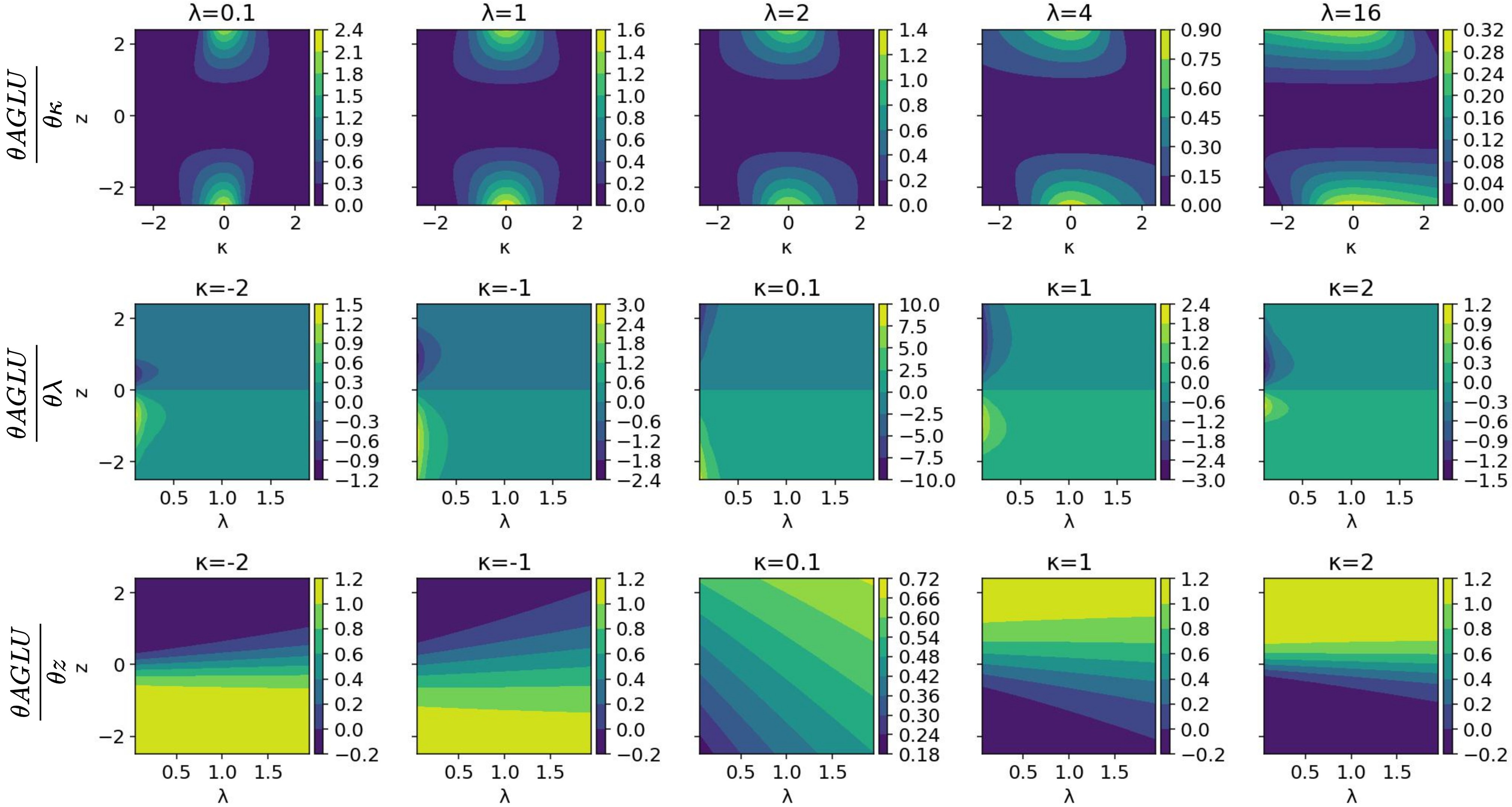Konstantinos Panagiotis Alexandridis1, Jiankang Deng1, Anh Nguyen2, Shan Luo3,
1 Huawei Noah's Ark Lab, 2 University of Liverpool 3 King's College London
ArXiv Preprint (arXiv 2407.08567)
This is the official implementation of Adaptive Parametric Activation (APA) for ECCV2024 accepted paper.
The activation function plays a crucial role in model optimisation, yet the optimal choice remains unclear. For example, the Sigmoid activation is the de-facto activation in balanced classification tasks, however, in imbalanced classification, it proves inappropriate due to bias towards frequent classes. In this work, we delve deeper in this phenomenon by performing a comprehensive statistical analysis in the classification and intermediate layers of both balanced and imbalanced networks and we empirically show that aligning the activation function with the data distribution, enhances the performance in both balanced and imbalanced tasks. To this end, we propose the Adaptive Parametric Activation (APA) function, a novel and versatile activation function that unifies most common activation functions under a single formula. APA can be applied in both intermediate layers and attention layers, significantly outperforming the state-of-the-art on several imbalanced benchmarks such as ImageNet-LT, iNaturalist2018, Places-LT, CIFAR100-LT and LVIS and balanced benchmarks such as ImageNet1K, COCO and V3DET.
APA is defined as:
APA can be used insed the intermediate layers using Adaptive Generalised Linear Unit (AGLU): 
class Unified(nn.Module):
"""Unified activation function module."""
def __init__(self, device=None, dtype=None) -> None:
"""Initialize the Unified activation function."""
factory_kwargs = {"device": device, "dtype": dtype}
super().__init__()
lambda_param = torch.nn.init.uniform_(torch.empty(1, **factory_kwargs))
kappa_param = torch.nn.init.uniform_(torch.empty(1, **factory_kwargs))
self.softplus = nn.Softplus(beta=-1.0)
self.lambda_param = nn.Parameter(lambda_param)
self.kappa_param = nn.Parameter(kappa_param)
def forward(self, input: torch.Tensor) -> torch.Tensor:
"""Compute the forward pass of the Unified activation function."""
l = torch.clamp(self.lambda_param, min=0.0001)
p = torch.exp((1 / l) * self.softplus((self.kappa_param * input) - torch.log(l)))
return p # for AGLU simply return p*input- For Image Classification, please see the README.md for detailed instructions and model weights.
- For Object Detection and Instance Segmentation, please see the README.md for detailed instructions and model weights.
@article{alexandridis2024adaptive,
title={Adaptive Parametric Activation},
author={Alexandridis, Konstantinos Panagiotis and Deng, Jiankang and Nguyen, Anh and Luo, Shan},
journal={arXiv preprint arXiv:2407.08567},
year={2024}
}This code uses Pytorch and the mmdet framework. Thank you for your wonderfull work!
